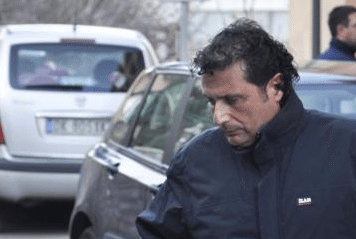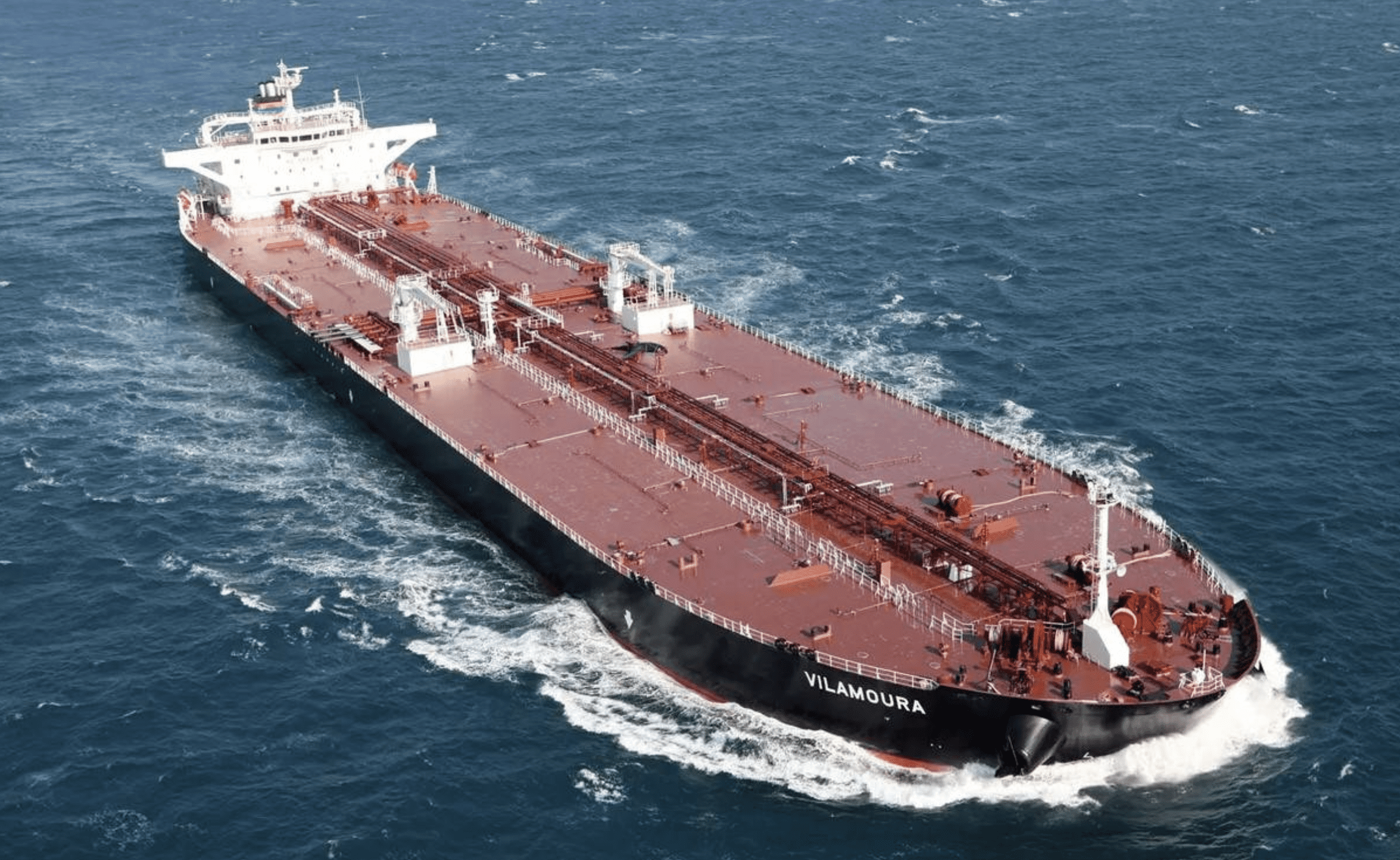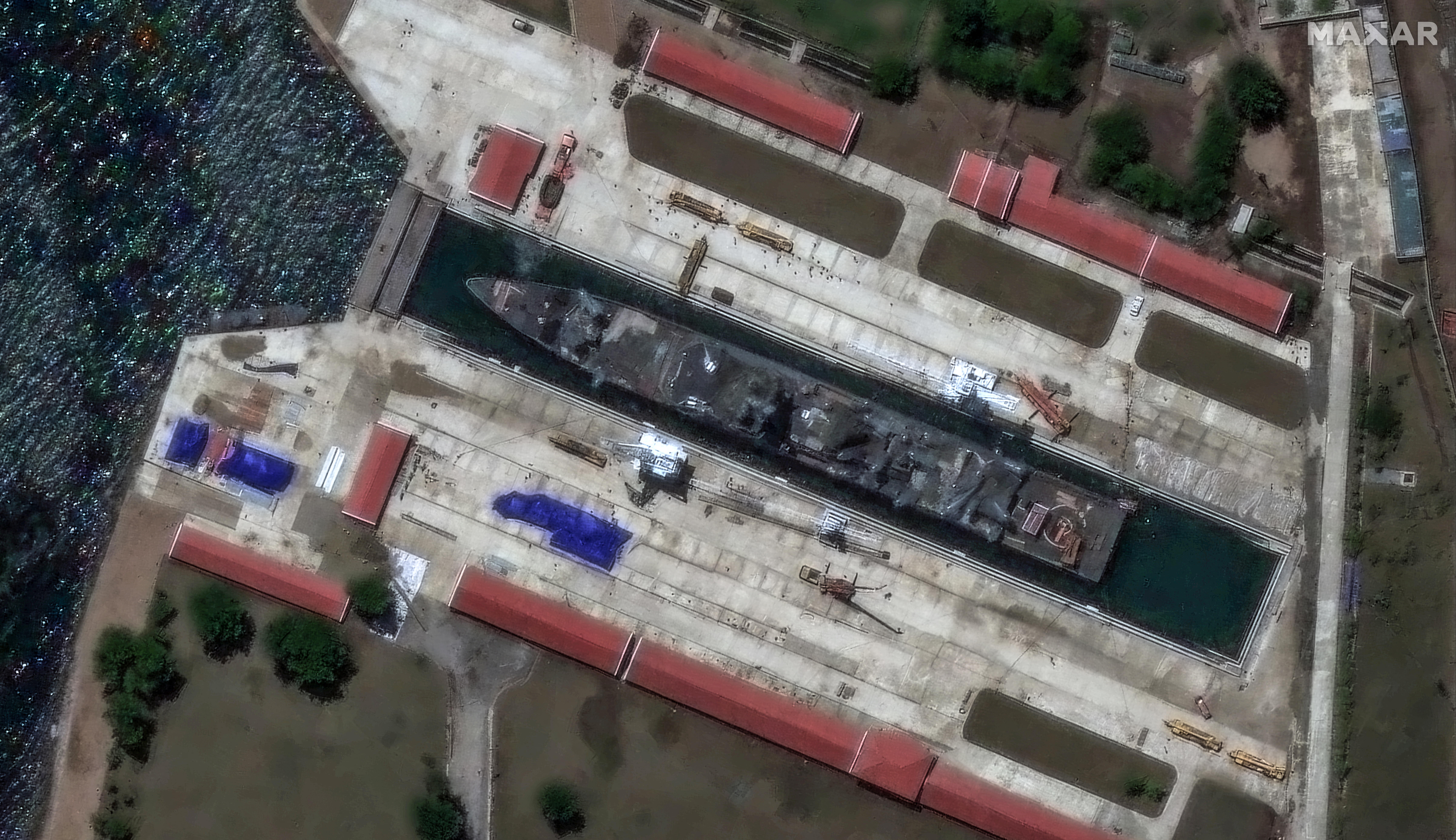The only fact that is certain in the Costa Concordia disaster is the universal truth of all maritime disasters… human mistakes were made by multiple individuals.
As discussed in the first part of this article “Costa Concordia – The 3 Most Fatal Mistakes,” Captain Schettino has received a lot of criticism in the mainstream press and possibly, even more from industry insiders including gCaptain for abandoning ship before the last passenger was safe. Still, an important question is not being asked… what did he do right?
Why didn’t he return to the ship after falling into a lifeboat?
In the now famous audio tapes, after falling from the embarcation deck into a lifeboat (a fact that, due to the list of the ship and impact of the grounding remains a remote possibility), the port captain ordered the captain to climb a ladder and board the ship he had just fallen from. This order makes little sense. During an emergency, the captain is the “On Scene Commander” and it’s his job to direct the crews emergency response efforts. This job, however, does not consist of physical action… he can not (should not!) attempt any rescues himself. Instead his job is to deploy assets and communicate to his team. A job he can do perfectly well from a lifeboat.
Maneuvering a lifeboat to the stern of the ship, climbing a ladder and attempting to crawl hundreds of feet toward the bridge would take a long time – time in which he couldn’t command the response – and would have put his life in grave danger.
There is a reason in which fire chief’s don’t enter burning buildings preferring instead to set up a command trailer blocks from disaster. In a disaster situation you do not want the person-in-charge, the one with the most experience or the person who must remain calm – the chief – to be lost. Therefore, the order for the captain to return to the ship was a mistake made by the port and the decision to ignore the “order” was the correct action to take.
The MAYDAY – or Lack Thereof
Another piece of criticism was that Captain Schettino did not call a mayday and load the lifeboats immediately after the collision. While even experts agree this was a big mistake, it seems quite apparent that he did not know the extent of the damage to his ship. Ships are difficult to sink and the safest place for people in maritime emergencies (especially in cold water) is aboard the ship. Further, panic is the most dangerous element in cruise ship disasters so, while we don’t condone his calm demeanor in the moments after hitting the rock, there are probably good reasons that he remained calm.
In the opinion of most experts surveyed by gCaptain, the biggest loss of life was a direct result of her “Sideways Grounding” and not the initial collision with the rocks. Provided that the ship was not rapidly sinking it is possible that a MAYDAY, through the panic of passengers and the “orders from shore” (orders we have already established as faulty), could have caused more harm than good.
Remain Calm
It’s an established fact that in most disasters the biggest loss of life can be most directly attributed to panic. Panic kills! In essence the anger and resentment expressed by media and the general public can be attributed to one fault; Captain Schettino did not live up to the stately image of a captain!
The days of Captains flogging crew are well behind us, but the image of a captain as a strong, knowledgeable, leader remain burned in the conscience of the general public. Yet the most effective captains today do not flog their crew, order reckless maneuvers or stand at attention in their uniforms. The most effective captains effectively manage problems and make decisions based on pressures placed on them by ship owners, passengers and crew.
The captain’s primary job is to exude the calm presence needed to manage the disaster effectively. While Schettino may lose points for not “going down with the ship,” the evidence points to the fact that, if anything, he did remain clam amid the chaos around him.
Whether he was ACTUALLY calm, or blindly ignorant of what was going on like a deer-in-the-headlights, is not certain. It does seem apparent though that he did not “freak out” either vocally or physically.
The Company Shares Fault
Why did the captain “showboat” so close to shore?
It’s the company’s (Carnival) position that “showboating” goes against company policy and is strictly prohibited, but in today’s world of satellite communication and AIS ship tracking, only a negligent company doesn’t know where their ships have traveled and their current location around the world. In short, Carnival knew that it’s ships have been “showboating,” and if they didn’t, they are negligent for not effectively managing their ships.
Dramatic scenery and “showboating” close to shore may be dangerous but it also sells tickets and sources who have worked for Carnival tell gCaptain that the company, although officially prohibiting maneuvers close to shore, encourages this behavior. Even if this information proves false, the fact remains that this is not the first time a Carnival cruise ship has “showboated,” and in not effectively monitoring their vessels and the actions of its captains, the company shares in the negligence which led to this collision.
Not only that, but the Captain is by definition, the “Owner’s Representative” on board. Blaming the captain may put the the ship owner in a precarious liability position. Similar in the way Exxon found themselves when they tried to distance themselves from Captain Hazelwood from the Exxon Valdez.
Where Is The CEO?
The actions of any crew are dictated and, more importantly modeled after, the conduct of the Captain. He is the leader and the man in charge. But one ship is just a small part of a fleet and it’s not the individual captains of history that are remembered for their act of courage, it’s the Admirals who send fleets ships into harms way. As this is true with Navies it’s also true of corporate leaders. This is not the first incident experienced by Carnival ships, their recent safety record is a lead actor in this drama regardless of whether the media focuses on it or not, and it’s unlikely to be their last.
Change happens from the top. The Captain may have fled the scene after the grounding of his ship, but Carnival <del>Cruise Line</del> Corporation CEO (and owner of the Miami Heat) Micky Arison, never showed. It’s important that a captain takes responsibility for his faults, and if possible, remains aboard until everyone is safe, but it’s even more important that the CEO takes responsibility and witnesses the disaster in which his company policies certainly played a role.
The Lives Saved
The collision tore a large hole in the Costa Concordia which eventually robbed her of propulsion and steering. Thousands of passengers panicked as the ship leaned over on her starboard side. Lives here lost, that fact is clear, but most were saved.
Did the Captain make foolish mistakes? Yes.
Could he have handled the emergency better? Yes.
The answer to those questions are clear, but in the Captain’s defense much had to go right that night for so many people to be saved. The crew training, the ship’s emergency equipment and the company procedures all made a significant and positive impact on the lives of those saved. It’s easy to be a critic. For that reason and more I want to conclude this post with a statement of thanks to the countless people who did the right thing that night, the people who made a difference, people trained under Schettino’s watch. Well done!
Just Don’t Forget
Critical thinking is important in the process of learning from our mistakes. There were a great deal of bad decisions made last Friday night, however a number of other decisions made by Captain Schettino, Micky Arison and most certainly the ship’s crew, saved many lives that day.

 Join The Club
Join The Club











